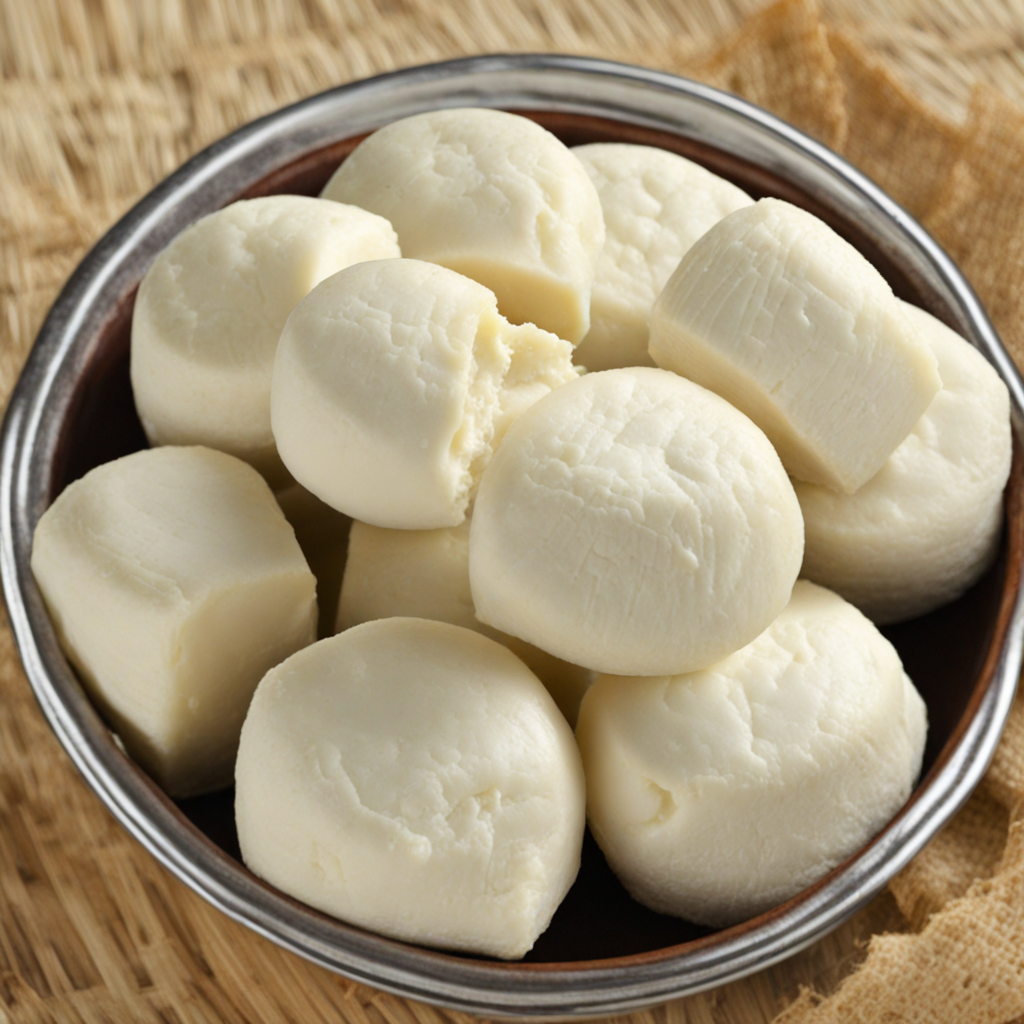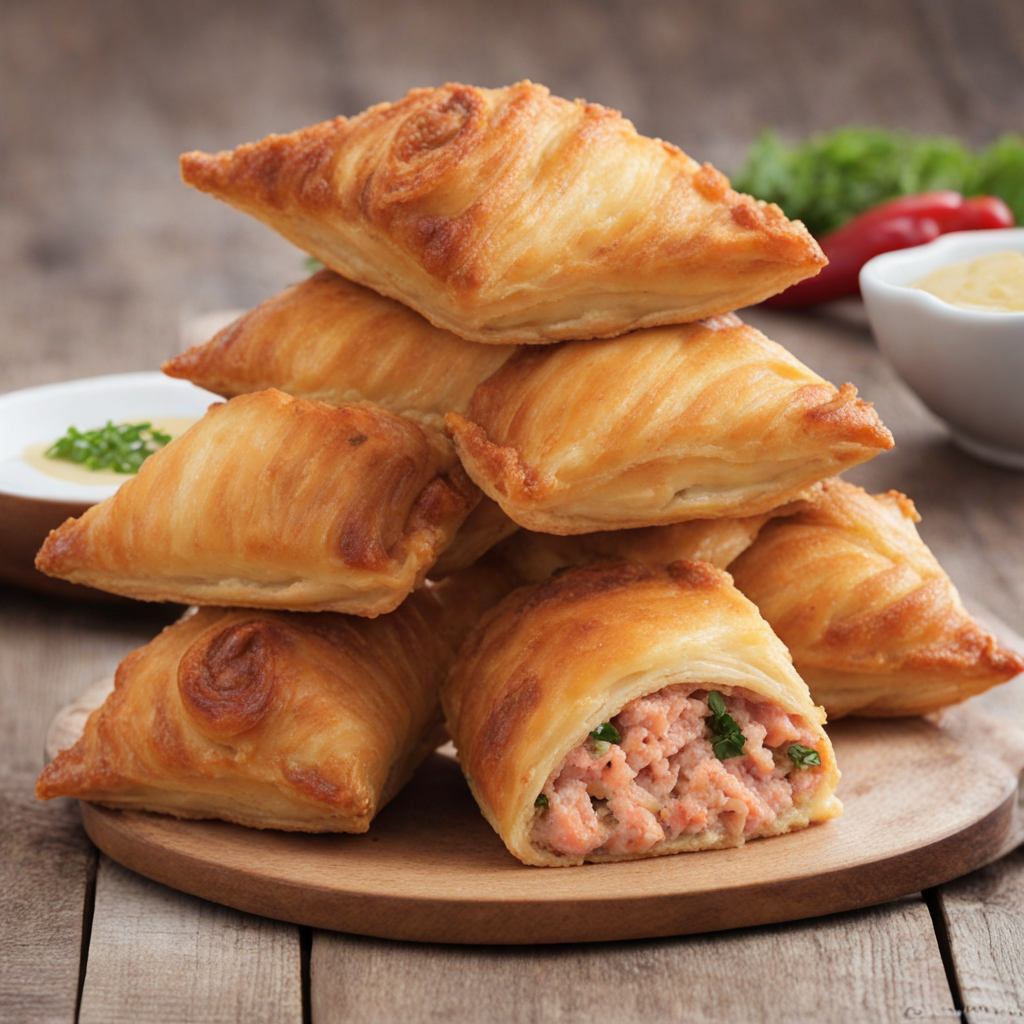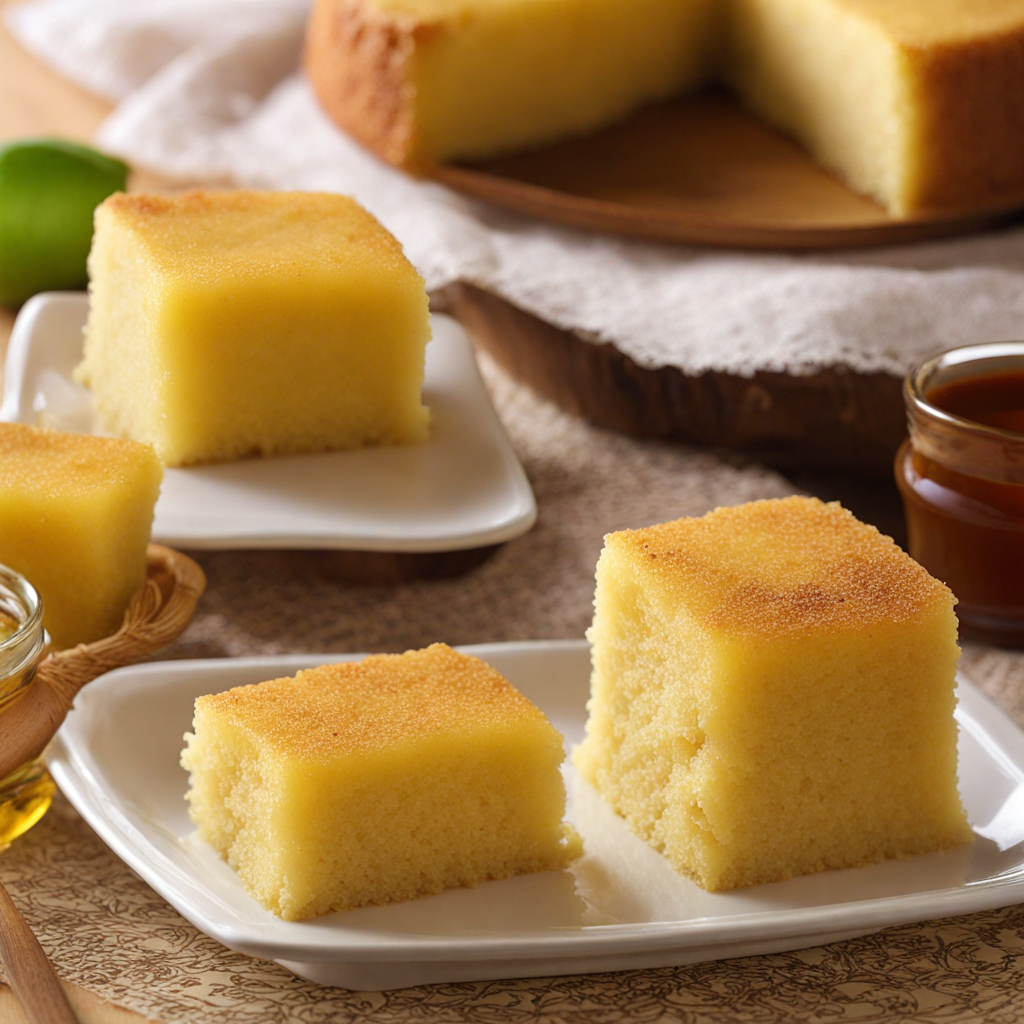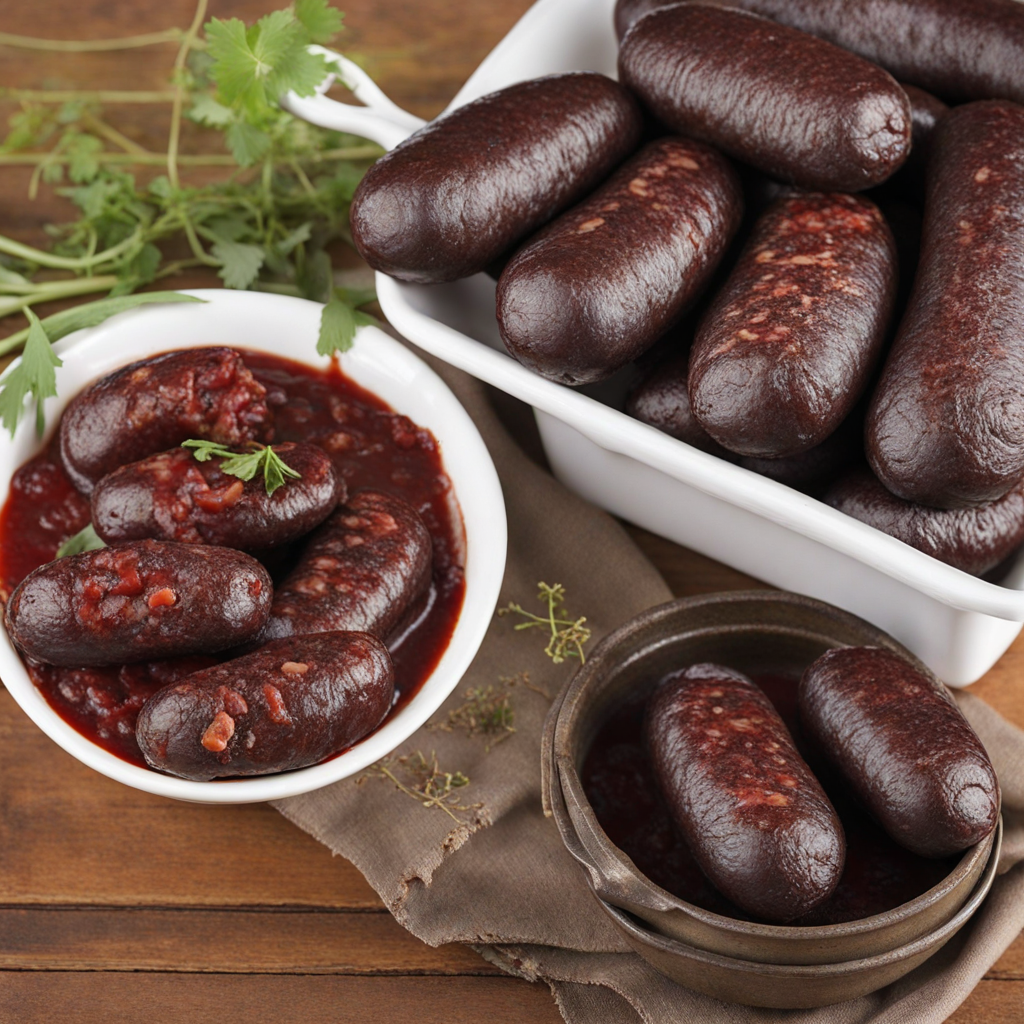Queijo de cabra
Queijo de cabra, or goat cheese, is a beloved delicacy from Cape Verde that showcases the rich pastoral traditions of the islands. This artisanal cheese is crafted from the milk of local goats, which graze on the lush vegetation unique to the volcanic soil of the region. The result is a cheese with a distinct flavor profile that is both tangy and creamy, offering a delightful contrast in texture. Its subtle earthiness is complemented by hints of the wildflowers and herbs that the goats consume, making each bite a reflection of the island's diverse natural landscape. Typically, Queijo de cabra is sold in various forms, from fresh and soft to aged and crumbly. The fresh version is often enjoyed on its own, perhaps drizzled with a touch of olive oil or paired with local bread, allowing the cheese’s natural flavors to shine. The aged varieties have a firmer texture and a more pronounced flavor, making them perfect for grating over traditional dishes or enjoying with a glass of Cape Verdean wine. The cheese can also be incorporated into salads, adding a creamy richness that balances the freshness of the vegetables. In Cape Verde, Queijo de cabra is more than just a food item; it is a cultural staple that embodies the islanders' connection to their land and livestock. It is often featured in communal meals and celebrations, where sharing food is a cherished tradition. Whether enjoyed as a simple snack or as part of a larger feast, Queijo de cabra invites you to experience the authentic flavors of Cape Verde, making it a must-try for anyone eager to explore new culinary horizons.
How It Became This Dish
The History of Queijo de Cabra: Cape Verde's Goat Cheese Introduction: The Flavor of the Islands Queijo de cabra, or goat cheese, is not just a culinary delight in Cape Verde; it represents the rich tapestry of the islands' history, culture, and agricultural practices. Nestled in the central Atlantic Ocean, Cape Verde, or Cabo Verde, is an archipelago composed of ten volcanic islands, each contributing to the unique gastronomic landscape of this nation. The islanders have cultivated a distinct identity influenced by African, Portuguese, and Brazilian traditions, with queijo de cabra emerging as a beloved staple that embodies this blend. Origins: A Culinary Legacy The origins of queijo de cabra can be traced back to the early colonial period of the 15th century when Portuguese explorers discovered the islands. The introduction of goats to Cape Verde was part of the Portuguese colonial agricultural practices, as they sought to establish sustainable food sources on these often arid lands. Goats thrived in the rocky, dry terrain of Cape Verde, providing meat and milk, which quickly became essential to the local diet. The process of cheese-making likely emerged from the necessity of preserving goat's milk in a climate where refrigeration was not an option. As locals learned to transform fresh milk into cheese, they not only extended the shelf life of their dairy products but also created a food that could be transported, shared, and celebrated. Over generations, the techniques for making queijo de cabra evolved, influenced by both traditional African practices and Portuguese cheesemaking methods. Cultural Significance: A Taste of Home Queijo de cabra holds deep cultural significance in Cape Verde. It is more than just a food item; it is a symbol of community, tradition, and the resilience of the Cape Verdean people. This cheese is often featured in social gatherings and family celebrations, serving as a reminder of the islands' agricultural heritage and the close relationship between the land and its people. The cheese has a distinct flavor profile, characterized by a creamy texture and a tangy, slightly salty taste. Its versatility makes it an essential ingredient in various dishes, from savory stews to simple snacks enjoyed with bread and local wines. Additionally, queijo de cabra is often paired with local fruits, olives, and even traditional spicy sauces, showcasing its adaptability to different flavors and culinary styles. Celebrations such as weddings, religious festivals, and community gatherings often feature queijo de cabra as part of the feast, reinforcing its role in social bonding. The act of sharing food, particularly cheese made from local goats, reflects the communal spirit of the Cape Verdean way of life. Development Over Time: From Tradition to Modernity As Cape Verde transitioned into the modern era, the production and consumption of queijo de cabra underwent significant changes. The traditional methods of cheese-making, often done by local artisans in small batches, began to see influence from modern agricultural practices. The demand for queijo de cabra increased not only within the islands but also among the Cape Verdean diaspora around the world. This surge in popularity prompted the establishment of more formalized production methods and the incorporation of new technologies. In recent years, there has been a growing emphasis on the importance of preserving traditional cheesemaking techniques. Local producers have started to focus on artisanal methods, ensuring that the quality and authenticity of queijo de cabra remain intact. This commitment to tradition has led to a renaissance of artisanal cheesemaking in Cape Verde, with small farms producing high-quality cheeses that reflect the unique terroir of the islands. Moreover, the increasing interest in local and organic foods has sparked a revival of traditional agricultural practices. Many farmers are returning to sustainable goat farming, using methods that respect the environment and promote biodiversity. This shift not only supports local economies but also reinforces the cultural significance of queijo de cabra as a product of Cape Verde's landscape and heritage. Global Recognition: A Culinary Ambassador In recent years, queijo de cabra has gained recognition beyond the shores of Cape Verde. As the world becomes more interconnected, Cape Verdean cuisine has found a place in the global culinary landscape. Chefs and food enthusiasts have begun to appreciate the unique flavors of Cape Verde, incorporating queijo de cabra into diverse dishes and menus. Culinary festivals and events celebrating Cape Verdean culture have emerged, where queijo de cabra takes center stage. These events showcase the artistry and passion of local cheesemakers, providing them with a platform to share their products with a broader audience. As a result, queijo de cabra has become a culinary ambassador for Cape Verde, representing the islands' heritage and the creativity of its people. Conclusion: The Future of Queijo de Cabra As Cape Verde continues to navigate the complexities of modernity and globalization, queijo de cabra remains a vital part of its cultural identity. The cheese embodies the islands' agricultural history, the resilience of its people, and the rich flavors of its landscape. Efforts to promote sustainable farming practices and preserve traditional cheesemaking methods ensure that queijo de cabra will continue to be a cherished food item for generations to come. With its growing popularity on the international stage, queijo de cabra is poised to not only captivate taste buds but also tell the story of Cape Verde—an island nation where history, culture, and culinary innovation intertwine. In essence, queijo de cabra is more than just a cheese; it is a testament to the enduring spirit of Cape Verde, a delicious reminder of the past, and a flavorful promise for the future.
You may like
Discover local flavors from Cape Verde







